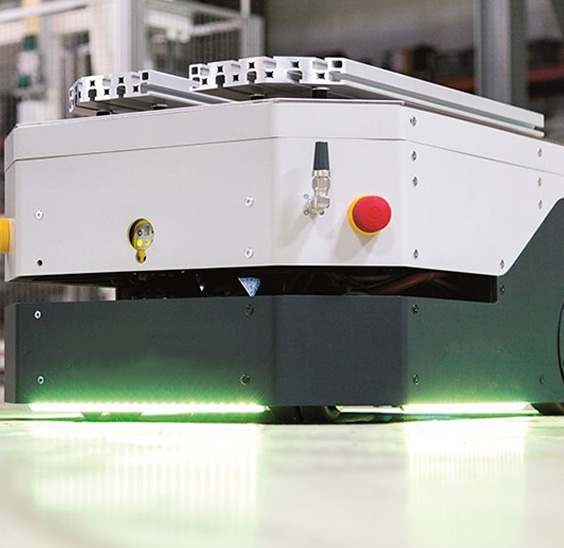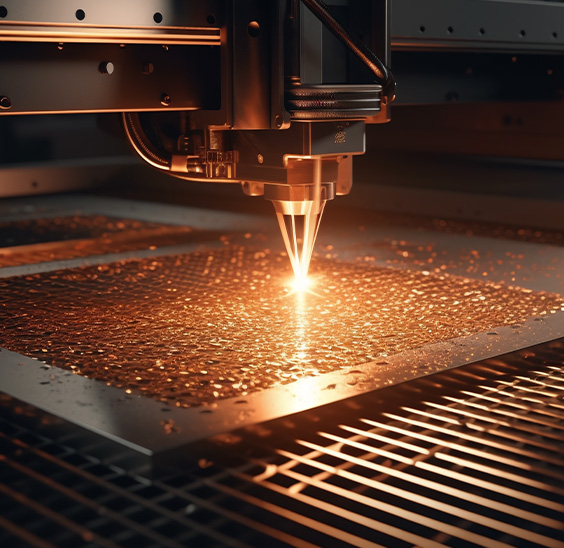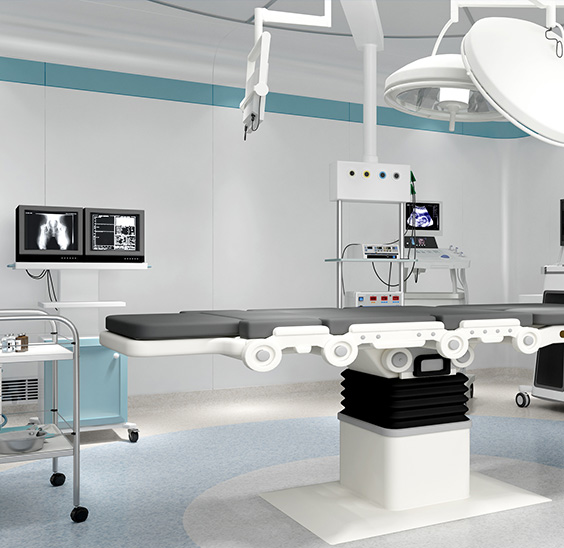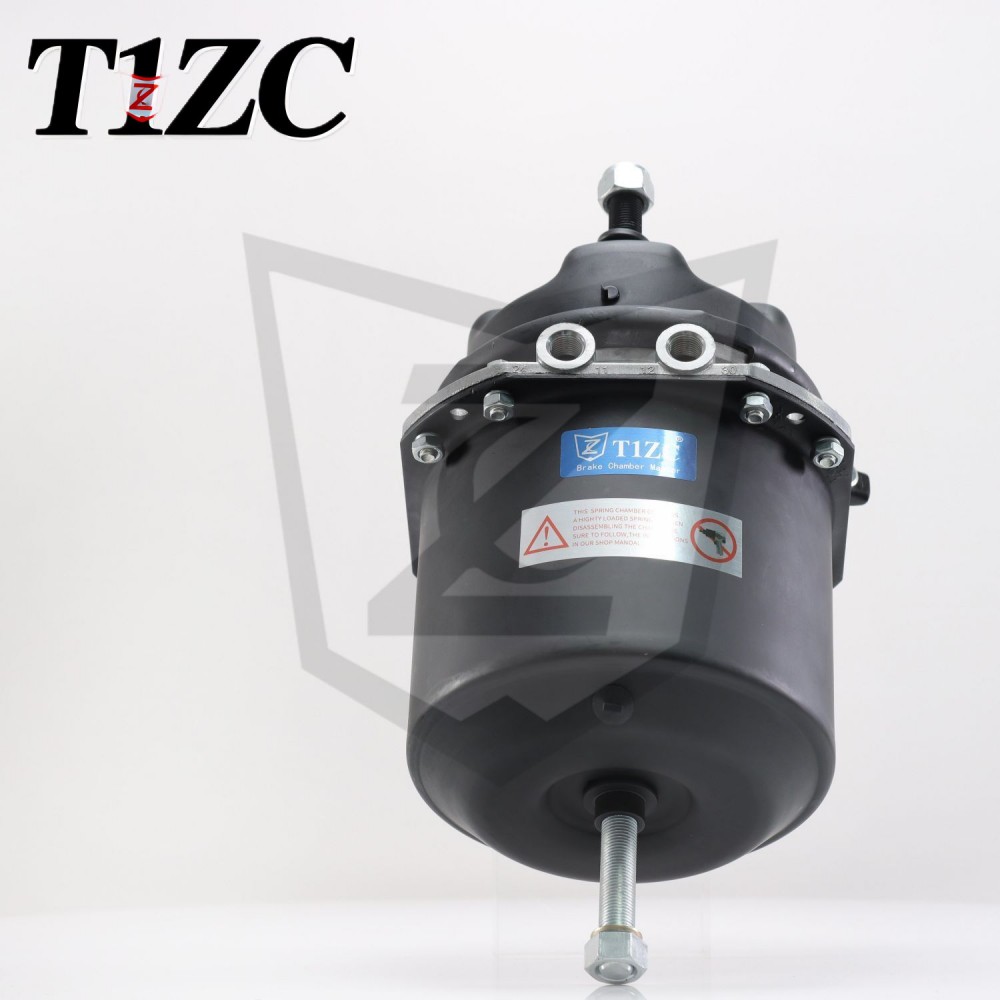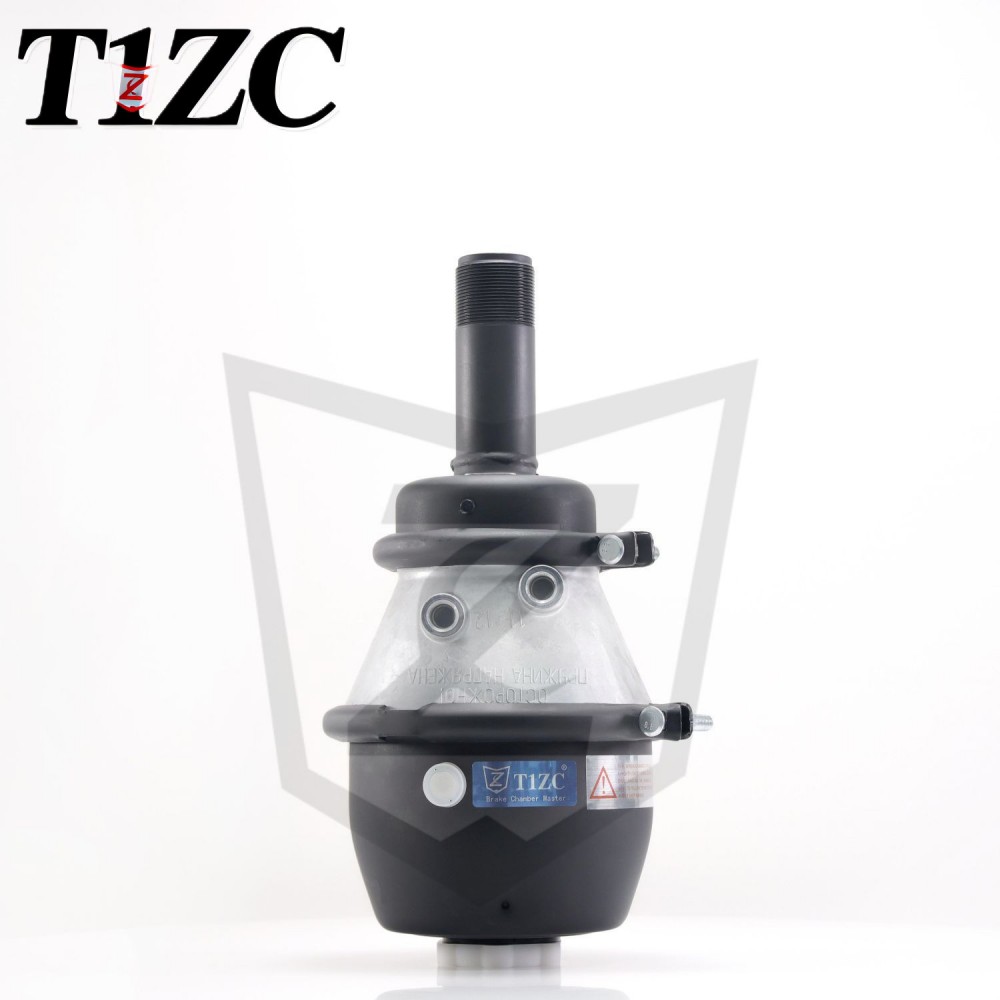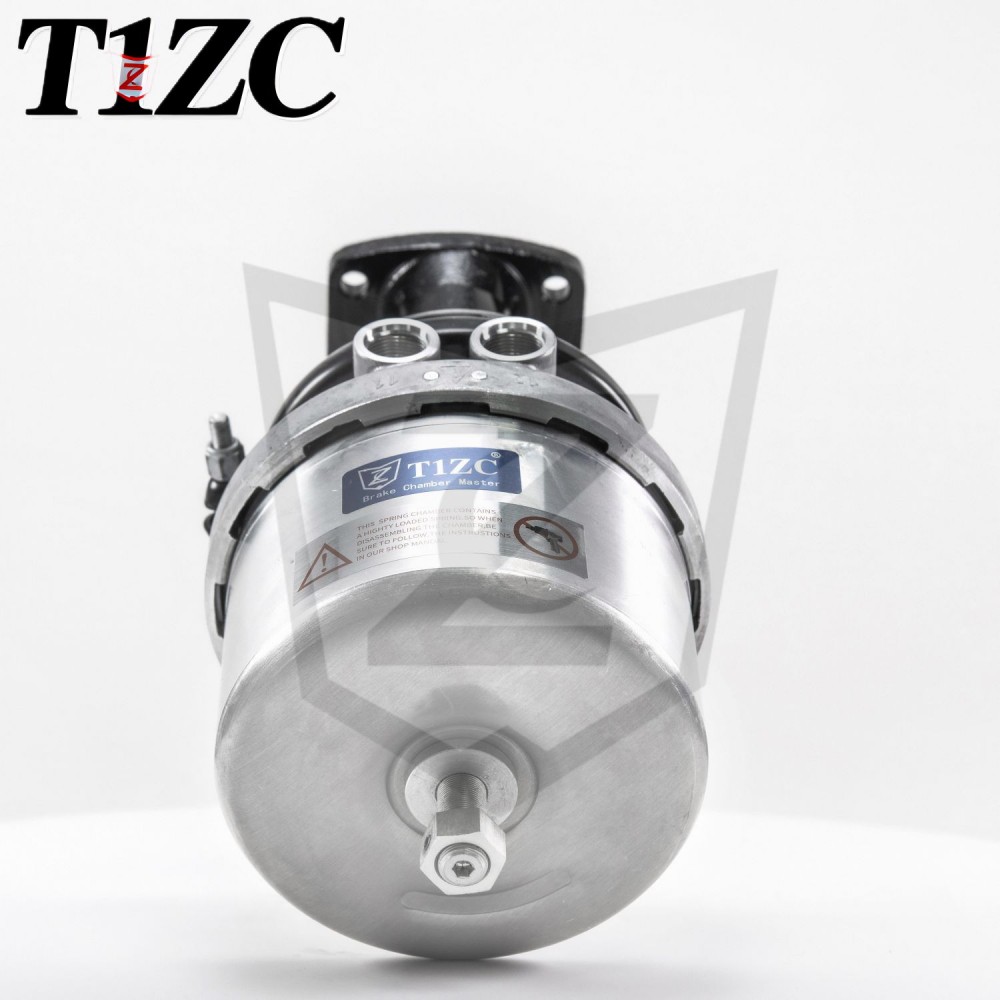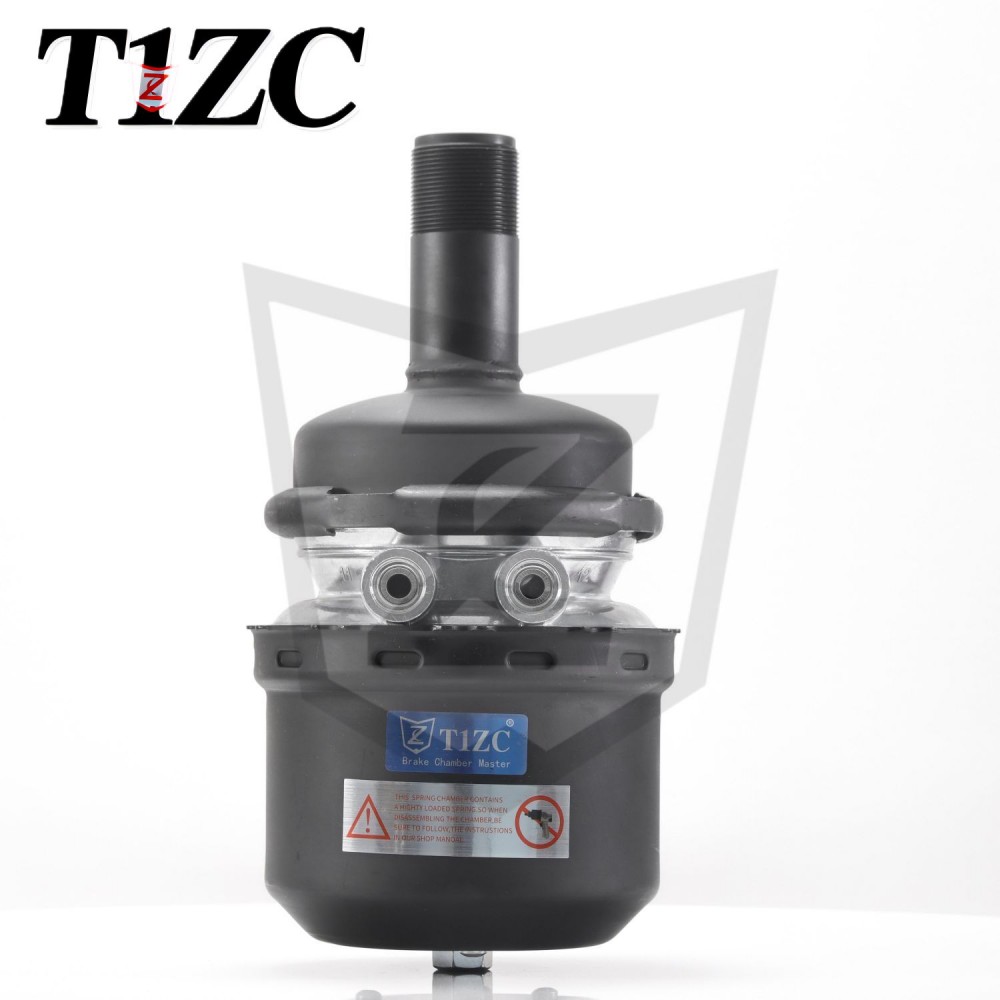What is the essential difference between diaphragm type vs. spring type brake chamber?
In the critical world of commercial vehicle braking, the choice between diaphragm-type and spring-type brake chambers (often called spring brake actuators) hinges on a fundamental difference in safety philosophy: how the system behaves during catastrophic air pressure loss.
While both types serve the essential function of converting compressed air into mechanical force to apply the vehicle's foundation brakes, their core designs and failure modes diverge sharply, dictated by their primary purpose within the braking system.
Diaphragm-Type Brake Chambers: The Service Workhorse
- Function: Primarily designed for service braking – the braking used during normal driving to slow or stop the vehicle.
- Mechanism: Utilizes a flexible rubber diaphragm sealed within a housing. When compressed air is applied to one side, it pushes the diaphragm, extending a pushrod connected to the foundation brake's slack adjuster and camshaft, applying the brakes. Releasing air pressure allows a return spring to retract the diaphragm and pushrod, releasing the brakes.
- Critical Failure Mode: Loss of air pressure results in the complete loss of braking force provided by that chamber. If air leaks catastrophically from the system, the service brakes disengage. This is why service brake systems rely on dual circuits for redundancy, but a complete system failure (e.g., ruptured air tank) still leads to total loss of service braking.
Spring-Type Brake Chambers: The Safety Sentinel
- Function: Primarily designed for parking and emergency braking. Their defining characteristic is providing automatic, mechanical braking in the event of air system failure.
- Mechanism: Combines two distinct chambers in one housing:
- Service Chamber: Functions identically to a standard diaphragm chamber for normal service braking.
- Spring Brake Chamber: Contains a powerful, high-pressure coil spring held in compression by air pressure applied to a separate chamber (the "hold-off" chamber). When air pressure is present, it overcomes the spring force.
- Critical Failure Mode & Safety Function: Loss of air pressure in the spring brake chamber causes the powerful coil spring to release its stored energy. This spring force directly applies the foundation brakes through the pushrod. This is a fail-safe design: air pressure loss automatically engages the parking/emergency brakes. Applying air pressure is required to release the spring brake.
The Essential Difference Summarized
The essential difference lies in their response to air pressure failure:
- Diaphragm Chamber (Service): Air Loss = Loss of Braking Force. Requires air pressure to apply brakes. Failure means no output force.
- Spring Brake Chamber (Park/Emergency): Air Loss = Automatic Brake Application. Requires air pressure to release brakes. Failure means spring force applies brakes.
Why Both Exist: Complementary Roles
Modern heavy-duty trucks and trailers almost universally use both types together in a "piggyback" configuration:
- Diaphragm Chambers (Service Brakes): Handle the frequent, modulated braking required during normal driving.
- Spring Brake Chambers (Parking & Emergency Brakes): Provide secure parking and the critical, automatic emergency braking function mandated by safety regulations worldwide (e.g., FMVSS 121, EU regulations). They act as the vital mechanical backup when the primary air system fails.
Understanding the essential difference between diaphragm-type and spring-type brake chambers is understanding the core safety architecture of air-braked vehicles. The diaphragm chamber is an efficient actuator for service braking but offers no inherent failure safety. The spring brake chamber embodies the fail-safe principle, transforming the catastrophic event of air loss into the immediate application of stopping power. Their combined use ensures both operational efficiency and critical safety redundancy on the road. The choice isn't about one being "better," but about recognizing their distinct, complementary roles defined by their fundamental response to system failure.


 EN
EN  English
English Português
Português
